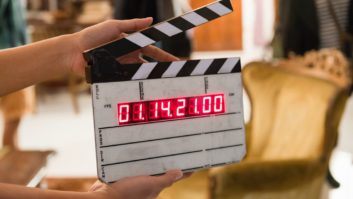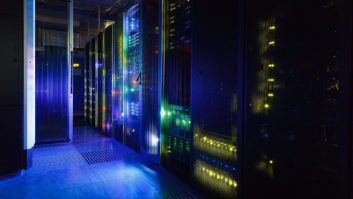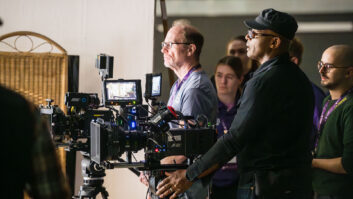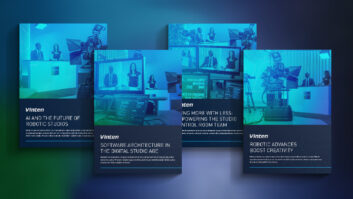Marvel, once criticised for a lack of on-screen diversity, has undergone a noteworthy transformation in recent films and series. Standout projects such as Black Panther, Shang-Chi and the Legend of the Ten Rings, and The Falcon and the Winter Soldier mark a deliberate shift towards inclusivity, deviating from past homogeneous norms.
However, this evolution transcends conventional diversity markers, such as skin colour and ethnicity. In its latest series, Echo, a deaf protagonist of Choctaw descent becomes a crucial contributor to a more varied and inclusive narrative. Serving as Marvel Studios’ inaugural TV-MA (Television Mature Audience) release, the five-part series balances dark, violent action, diverging from traditional Marvel Comic Universe (MCU) conventions with the inclusion of scenes in American Sign Language and Choctaw.
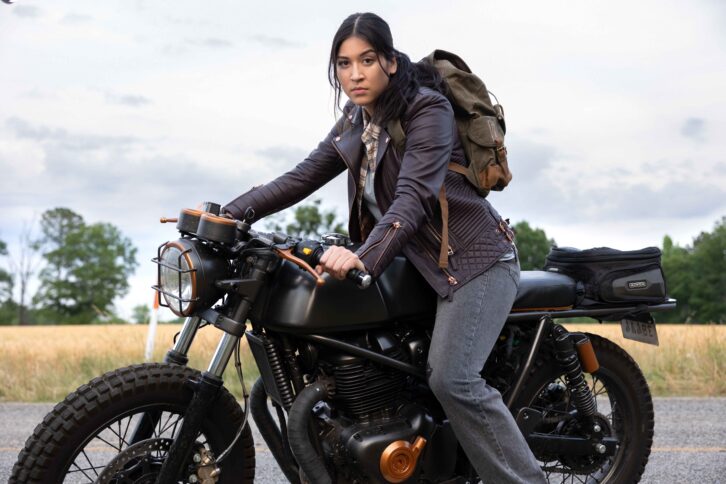
Maya Lopez (better known as Echo), is played by Alaqua Cox, a Native American (Menominee) who was born deaf, returning to the character introduced in Daredevil #9 (December 1999) by writer David Mack and artist Joe Quesada. She made her Marvel Cinematic Universe (MCU) début in the Hawkeye Disney+ series.
Months after the events in Hawkeye, Echo finds herself chased by Wilson Fisk’s organisation. This forces her to return to her hometown in Oklahoma, where she confronts her past, reconnects with her Native American heritage, and embraces her family and community. Viewers delve into Echo’s journey, offering a profound exploration of her character and a distinctive perspective within the broader MCU.
KNOWING YOUR AUDIENCE
Marvel enthusiasts recognise the distinctive visual style inherent in its productions. Notable examples include the dynamic, larger-than-life cinematography in Thor: Ragnarok, the noir-inspired visuals of Jessica Jones, and the cosmic, epic shots in Guardians of the Galaxy. This consistent approach shapes the visual identity across the MCU. However, Kira Kelly ASC, who was given cinematographic duties owing to her work on Shang-Chi and the Legend of the Ten Rings, says the approach on Echo was quite different.

“We never really had a conversation like that – director Sydney Freeland and I were given so much freedom as far as the look was concerned and we really played with it to create something that worked best for our show,” she explains. “There was never anyone saying ‘it has to look like this’ or ‘you have to use this camera or you have to use these lenses’ like I was expecting. It didn’t happen and it was lovely.”
With that in mind, Kelly enlisted the help of ‘lens guru’ Dan Sasaki, the vice president of optical engineering at Panavision. “We used the Alexa Mini LF with Panavision T series anamorphics, and he helped create the look of the lenses,” she explains. “I prefer my lenses to have a bit of character, something distinctive, so they’re not overly clean. However, I had to be mindful that it’s Marvel, and there will be a lot of VFX involved, so we couldn’t use fully distorted lenses for every shot. Dan collaborated with me to customise our T series lenses, aiming for a similar look to one of my favourite lenses, the Panavision Macro anamorphic Primes. This lens has a lot of character and isn’t overly sharp. He worked with me to achieve that look, creating beautiful flares and a pleasing fall-off around the sides.”
From the project’s inception, the VFX team collaborated closely with Kelly and Freeland, ensuring that every meeting delved into meticulous details.
“In the Dawn of Time sequence, the very first scene of the series, we’re in the core of the Earth and you see this group of people around the different pools of water,” she continues. “We had a set that the art department built – the production designer Chris Trujillo is amazing. He built the set about 20 feet off the stage floor so that we would have room for all these different pools of water and for the cast to travel through one of those pools and disappear under the set. Although LED lighting was mostly used in the series, when it came to depicting sunlight through windows, Kelly used 20K Fresnels “because I think it’s beautiful quality”.
OFF-SCREEN CHALLENGES
As the on-screen renegade navigates her battles, the team behind the camera encountered its own set of technical and logistical challenges, particularly during the train sequence in episode two, called Lowak.

“We shot a good portion of it on location on a train spur line so we were safe from train traffic,” Kelly explains. “Then we were able to build a few key train elements on stage like the coupler, the flat car and some of the sides of the carriages. That was a scene that we storyboarded with stunt vis until we had it frame by frame. It was a fun puzzle to put together and is one of my favourite sequences we did on the series.”
Despite having significant autonomy behind the camera and a strong track record, Kelly admits to experiencing a ‘huge eye-opener’ on the series. The primary learning curve involved utilising the second unit extensively. “This meant ensuring continuity, such as starting with a particular setup and lighting for scenes with Maya, and then coordinating and sharing all my notes with the second unit so that they could maintain the same visual world for other angles,” Kelly says. “The challenge was orchestrating these elements to create one cohesive look in the end.”
Echo is available on Disney+ and Hulu.



